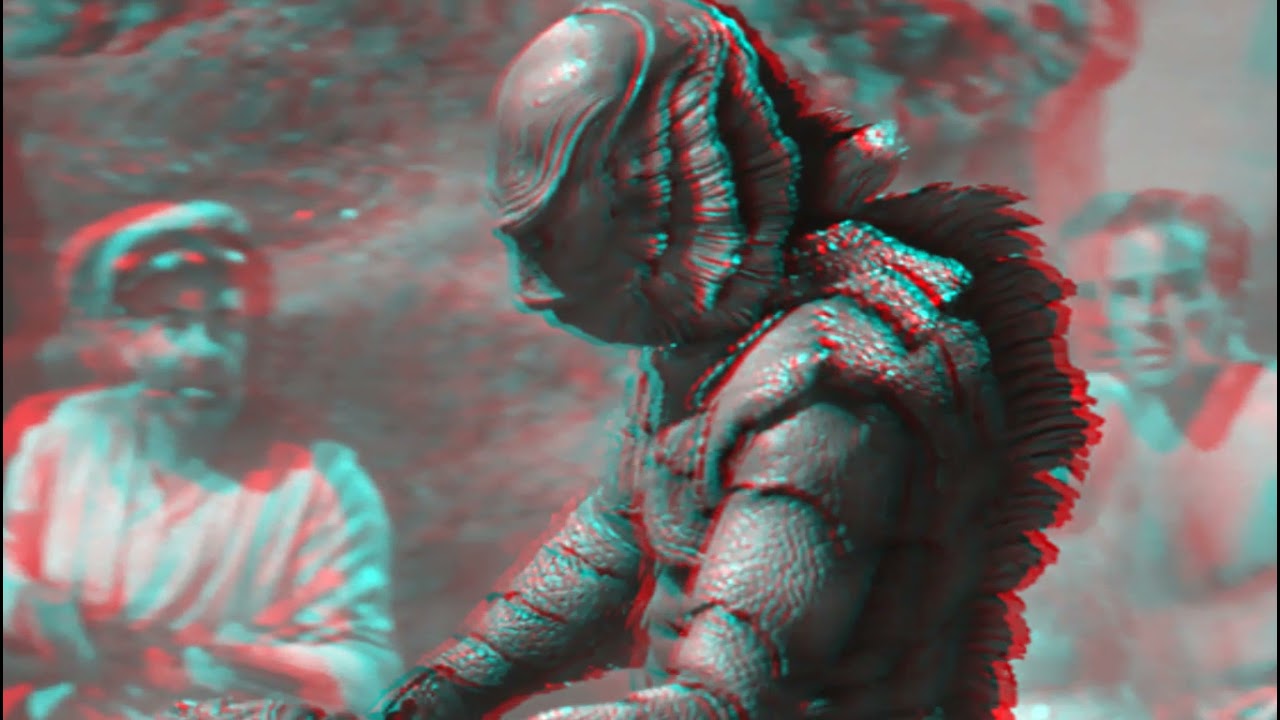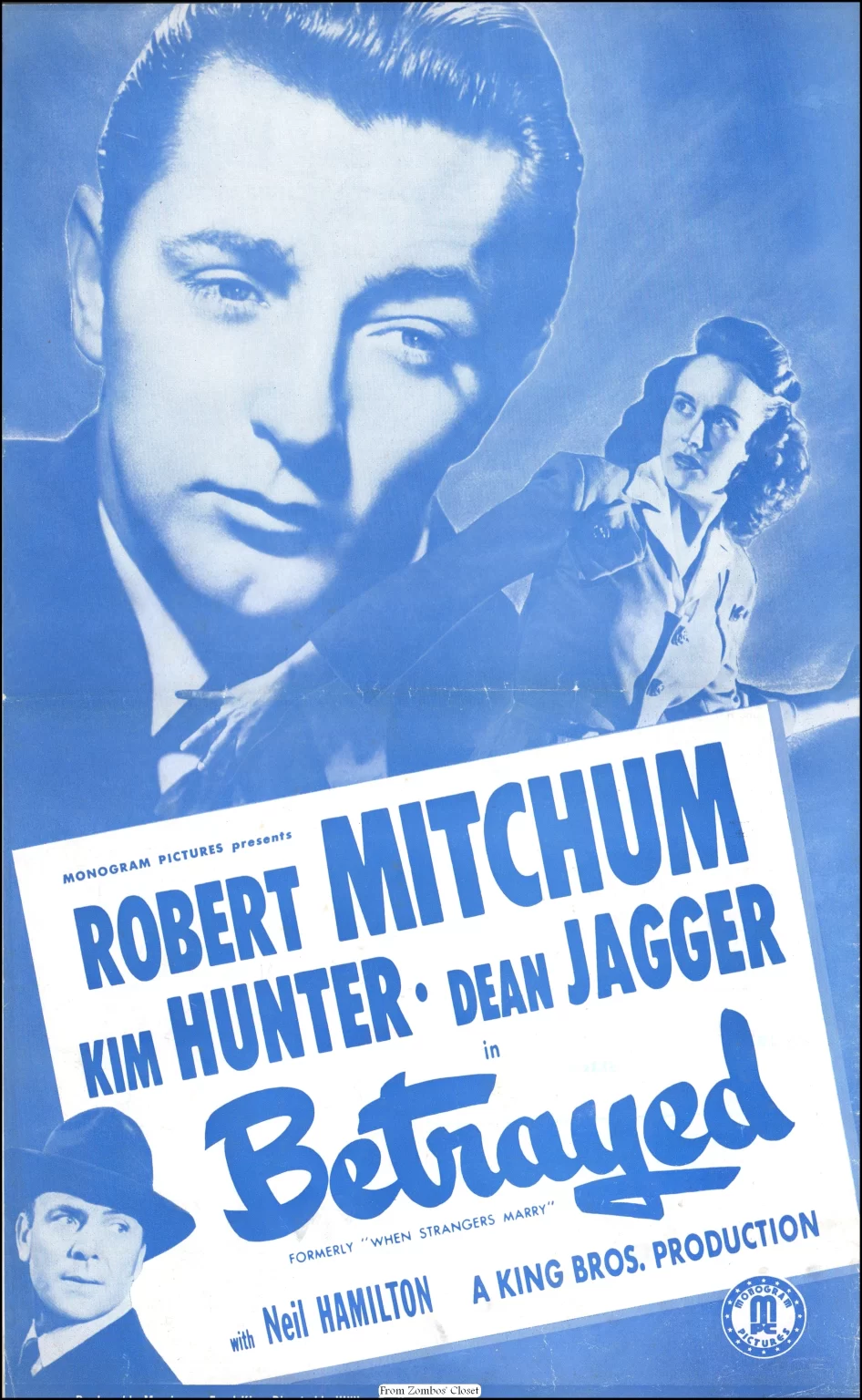The Creature
and It Came From Outer Space
1972 3D Radio Spots

I was rummaging around in Cousin Estil’s footlocker the other night when I came across a rare find: two pairs of 3D glasses. One pair had one red and one green lens, and the other pair had two gray-colored lenses. I knew exactly what I was holding in my hands and in a sense was a telling history of the use of 3D in the movies.
Ahh…3D. People either hated it or loved it. I remember my first 3D movie when I was a little kid. It was House of Wax with Vincent Price. I remember all the ballyhoo about the 3D effects, especially concerning the paddleball sequence where the fellow was hitting them into the audience. That effect brought ooohs and ahhhhs from the audience members. I was too young to really appreciate the effect and what it meant from a motion picture standpoint, I just enjoyed the movie.
Oddly enough, that is the only 3D movie I recall seeing, well, that and its companion Phantom of the Rue Morgue. I don’t know if my parents weren’t impressed enough to go see any others or what. The next 3D movies I saw were September Storm in 1960, and The Mask in early 1962. …
The Creature
and It Came From Outer Space
1972 3D Radio SpotsRead More »

